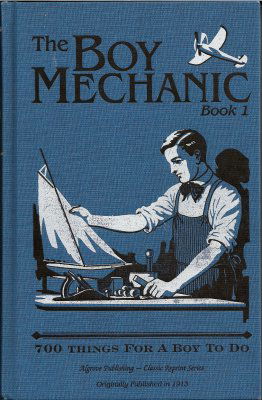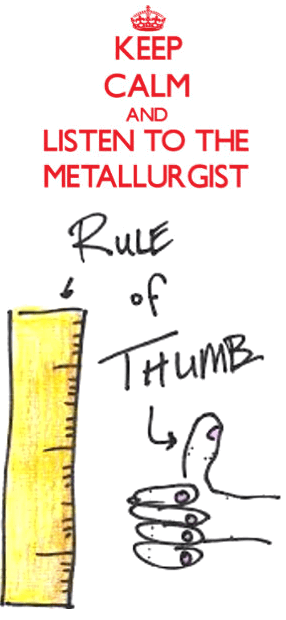Mineral Processing Articles
Removal of Bi(III) and Zn (II) by nonliving Streptomyces rimosus biomass from nitric solutions Removal of chromium(VI) ions from synthetic solutions by the fungus penicillium canescens Removal of iron-cyanide complexes using micellar-enhanced ultrafiltration Removal of limestone from bauxite by magnetic separation Removal of radioactive elements from niobium and tantalum ores Role of Microorganisms in Mining […]
Mineral Processing Engineering

Unless you are only doing civil works, there generally can’t be Mining Engineering without Mineral Processing Engineering for the majority of hard-rock ores we mine needs further processing before the metal it contains can be used as it is how minerals extracted from ores. Most valuable rocks go thru multiple steps of process-operations starting with […]
Bad Metallurgist

Good Metallurgist

https://www.911metallurgist.com/how-to-become-a-metallurgist
The Boy Mechanic Collection: Volume 1, 2 and 3 – 1000s of Things For Boys To Do

Metallurgy Tutorials, Exercises and Examples
Introduction Industrial Furnaces Material and heat balance in converting Material and heat balance in roasting of chalcopyrite ore Material balance in Coke making Material balance in cupola Material balance in mineral processing Material balance in roasting Materials Balance in Iron making Matte smelting Materials balance Measurement of Quantities Mineral Beneficiation Production of Gaseous fuel Pyrometallurgical […]
Mineral Processing / Metallurgy Rules of Thumb

Here is a list of General Rules of Thumb often used in Mineral Processing and Metallurgy: A concentrator (mill) requires up to 3 tons of water for each ton of ore processed. It is therefore important to operate with the maximum practical pulp density and minimum practical upward or horizontal movement. The basic philosophy requires movement over the […]
Grinding Rule of Thumb

Here is a list of Rules of Thumb often used in Grinding Circuits: Fine ore bins (or stockpiles) that provide feed to the grinding circuit should have a capacity equal to 30 hours of processing. Source: Northern Miner Press Grinding is a low-efficiency, power-intensive process and typically can account for up to 40% of the direct operating […]
Froth Flotation Rule of Thumb

Here is a list of Rules of Thumb often used in Froth Flotation: Clean metallic gold particles (free gold) finer than 200 microns (65 mesh) float readily with appropriate reagents. Gravity separation is desirable for larger particles. Source: Mining Chemicals Handbook (Cyanamid). When designing the flotation circuit for a proposed mill, the scale-up factor for flotation retention times […]
Hardware for Metallurgist

ANVIL CLAMP VISE—Specially suited to laboratory shops, has small space for anvil work, clamps to table. Best low priced combined anvil and vise. Width of jaw 4½ cm. opening 4 cm. clamps table tops up to 2 cm. thickness. Be sure to what we think are the best bench vise for the money as of […]
